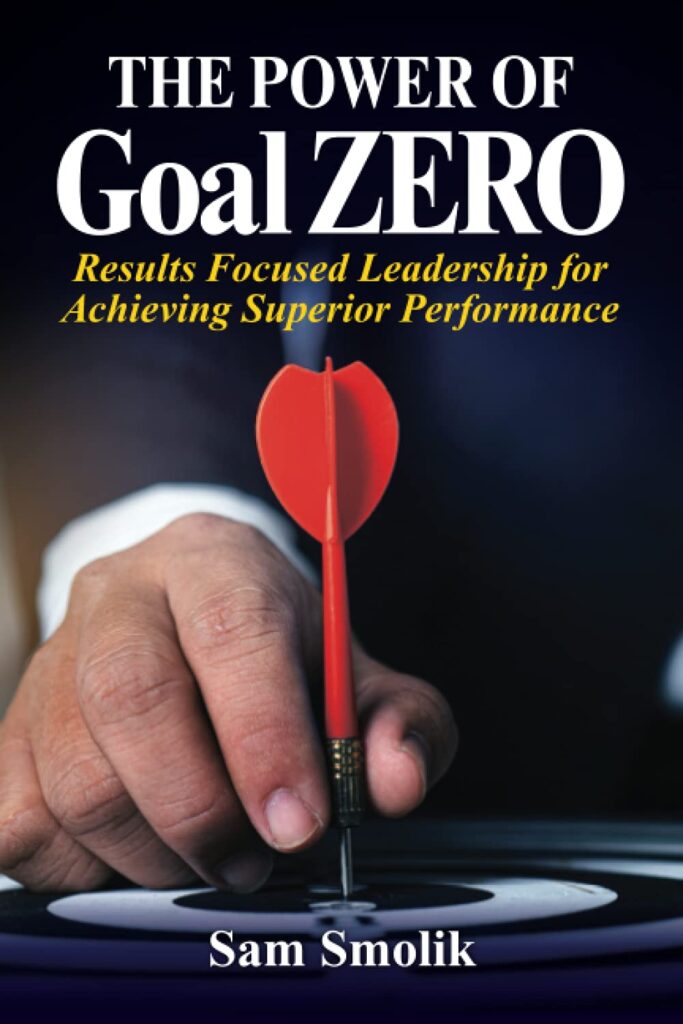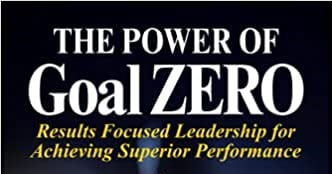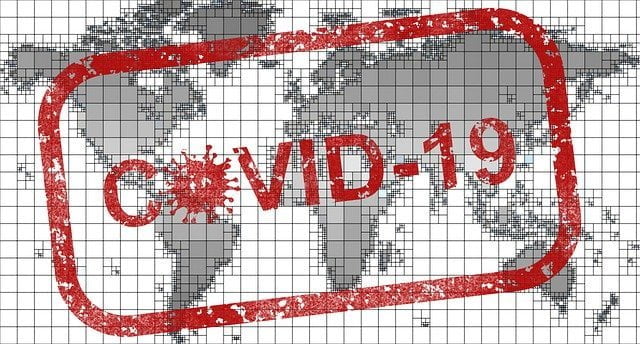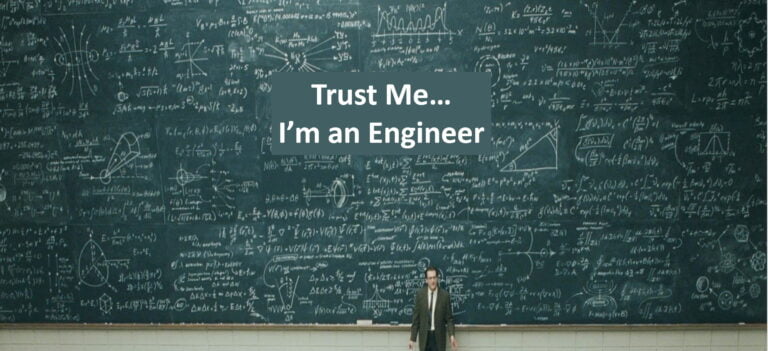Goal Zero; Developing a Culture of Excellence
Everyone likes to be part of a winning team. This is true for sports, business and throughout life’s activities. I always enjoyed the old ABC Sports quote during their program introduction which emphasized “the thrill of victory… and the agony of defeat.”

In my new book, “The Power of Goal ZERO“, I detail the five factors necessary for winning and achieving excellence at all times: Leadership, People, Culture, Systems, and Assets. The book is filled with tips and techniques for each of these success factors. For this article, I’ll focus on Culture and some of the concepts that help to establish a culture of excellence.
Excellence is defined as “the quality of being outstanding or extremely good.” Synonyms for excellent and excellence are distinction, first rate, superb, blue chip, choice, first class, five-star, top notch, top shelf, and numero uno. This article contains some of the information from the book for creating a culture of excellence.
Many companies are very good at one or more of the categories listed above. However, the truly superior companies master them all. If you are mediocre in any of the listed categories, you will never achieve world-class performance on a consistent basis. It’s about the power of AND: leadership, people, culture, systems, AND assets. These five items must be approached in an integrated manner for maximum performance achievement.
One of my favorite quotes from Vince Lombardi, the famous professional football coach, is; “Gentlemen, we are going to relentlessly chase perfection, knowing full well we will not catch it, because nothing is perfect. But we are going to relentlessly chase it, because in the process we will catch excellence. I am not remotely interested in just being good.”
People want their company to be excellent, but most companies are good at best. You have to work just as hard to be good as to be excellent. If you have a mediocre organization and have frequent incidents, defects, and problems; you work even harder dealing with the problems and constantly playing catch-up.
In business, there are many obvious reasons why a drive for excellence is important. One good reason is offensive: excellence positions your organization in a superior manner relative to the others. Your products and services are best in class and consistently exceed your customer expectations, resulting in added value creating opportunities.
Another good reason is a defensive one: excellence in your product, services, or operations helps to preserve value in the organization by preventing major problems and defects from occurring. A drive for excellence at all times is the only way to succeed and win.
To win in any organization, you must be the best and strive for excellence in safety, profitability, reliability, quality, efficiency, consistency, cost management and customer satisfaction as well as environment, social, and governance (ESG) objectives—all of these. Excellence in performance for all areas of an organization may sound overwhelming, right? But it doesn’t have to be; keep the approach well organized and clear for all.
Utilizing an overarching concept of Operational Excellence provides an umbrella approach to these objectives and an associated management system provides the structure for how work gets done. A good management system and the right culture provide a foundation of discipline for leaders and people to execute their tasks to perfection. The result is a strong, consistent platform for conducting work, building on best practices, and accelerating performance improvement.
The foundation for achieving Operational Excellence is establishing a strong culture in which everyone actively participates. In the book, I describe the concept of Goal ZERO. It’s a foundational leadership tool that has an enormous impact across the entire organization. Goal ZERO helps create a culture of discipline and is easy for people to understand. Here’s a quick description to help you connect the dots:
Goal ZERO serves as a foundation for a culture of doing things
the right way, every day. It creates high level expectations for leadership
and people as they drive towards and achieve Operational Excellence.
Goal ZERO is such a strong, positive aspect of a winning culture that I used it in the title of my book. Goal ZERO is actionable and impacts every individual in an organization. It’s a relentless focus on the basic building blocks of excellence: ZERO defects, ZERO rule breaking, ZERO unsafe acts, ZERO non-compliance, ZERO incidents, and ZERO missed value creating opportunities. Goal ZERO serves as a “north star” for your team in driving for excellence. It becomes a global code word for “doing the right thing at all times.”
Vitally important, Goal ZERO is about compassion and caring for your people. Goal ZERO performance, Goal ZERO behavior, etc. are all terms you will hear from your people. It’s a way to express your combined expectations and values in one term. A Goal ZERO mentality is powerful and provides simple clarity of expectations across the entire organization. Goal ZERO becomes a way of life for an everyday approach to safety, reliability, quality, and everything else.
During my 50-year career, I researched and observed numerous programs, slogans, themes, and approaches to culture, reliability, quality, safety and achieving excellence. Nothing comes close to the effectiveness of a Goal ZERO approach. Goal ZERO is such a powerful force in helping to create a winning culture. Simply put, Goal ZERO is a driver for achieving excellence in any organization, and performance excellence contributes to top-notch value creation.
A considerable number of companies use terms for the Goal ZERO concept such as Target ZERO, Mission ZERO, ZERO Harm, Safety First, No One Gets Hurt, Excellence Every Day, Striving for Perfection, or Driving Perfect Performance. These terms are all good. The point is the theme should be memorable, actionable, and become engrained in everyone’s minds daily. Pick one that works for your company and stick with it.
Culture in an organization develops over time and is highly influenced by leadership. We often joked, “What interests my boss, fascinates me!” Leader’s behaviors and actions are an incredible force in creating a Goal ZERO culture. A Goal ZERO culture shapes the way people think and act. Goal ZERO serves as a way to express your combined expectations and values in a consistent manner—Goal ZERO performance, Goal ZERO behavior, etc.
An emphasis on continuous improvement may be good, but to achieve a paradigm shift in performance, a culture of ZERO sends a clearer, absolute message. ZERO means having a positive, proactive culture of excellence in which you expect ZERO defects, ZERO rule breaking, ZERO non-compliance, ZERO incidents, and ZERO missed value creating opportunities.
In the beginning, you will hear over and over that Goal ZERO isn’t possible; “It’s impossible for such a large company to have ZERO defects.” However, that isn’t the point at all. ZERO is possible for each of us individually on any given task. Goal ZERO is not about the company as a whole, it’s about you and me individually, task by task. For example, if each person works each day error free, the entire company will operate error free, one day at a time. It’s amazing how quickly the concept catches on as people begin to internalize and personalize it.
People begin to say, “Goal ZERO begins with me.” Goal ZERO is not complicated, but it is powerful. Simple things are always better. Goal ZERO is an easy-to-understand expectation of excellence in everything that you do; continuous improvement isn’t good enough anymore. It’s a human factor cultural change tool that works across any company and in any industry. Goal ZERO creates a culture of discipline. Achieving Operational Excellence takes dedicated leadership and a Goal ZERO approach with respect to people, culture, systems, and assets to achieve desired results in safety, reliability, and quality.
Undoubtedly, Goal ZERO changes the entire mindset of every person in the organization. People start to realize that we expect every person to perform to Goal ZERO expectations every day, on everything they do.
People are smart and can accept principles if they understand “why” the principles are important and have some data to back them up. People begin to change their belief about their behavior. They know and believe they can achieve Goal ZERO performance and expect everyone around them to do the same.
Within a short time, as Goal ZERO catches on, you can see the passion in people as they begin to personally live it. Injury rates rapidly decrease and so do plant operational incidents. Reliability improves and quality incidents occur much less frequently. A Goal ZERO culture impacts everything throughout the organization. People begin promoting and explaining Goal ZERO to others. They work with a Goal ZERO attitude because they want to, not because they have to.
Sadly, many companies experience a series of problems or a major safety or quality incident and you’ll hear leadership say, “We need to get back to the basics.” I’ve heard this phrase many times through the years, and I’ll bet you have too. Why do organizations have to keep learning the same lessons over and over?
You can be proactive in your organization by creating an effective Goal ZERO culture and management system that becomes the foundation for your organization. This then allows leadership and people to focus entirely on flawless execution. Once you have a strong culture, an effective management system, well maintained assets, strong leadership, and competent, well-trained people, you’ll never have to “get back to the basics” again.
About the author

Sam Smolik is the author of “The Power of Goal ZERO” which he wrote to capture learnings from a career of global and international executive leadership and board of director experience in multi-billion dollar petrochemical, oil, gas and energy manufacturing companies.
He has experience in manufacturing, supply chain, HSE (environment, health, safety, security), sustainable development, ESG, government agencies and non-government (NGO) organizations, M&A, change management, people development, motivation and culture change.







